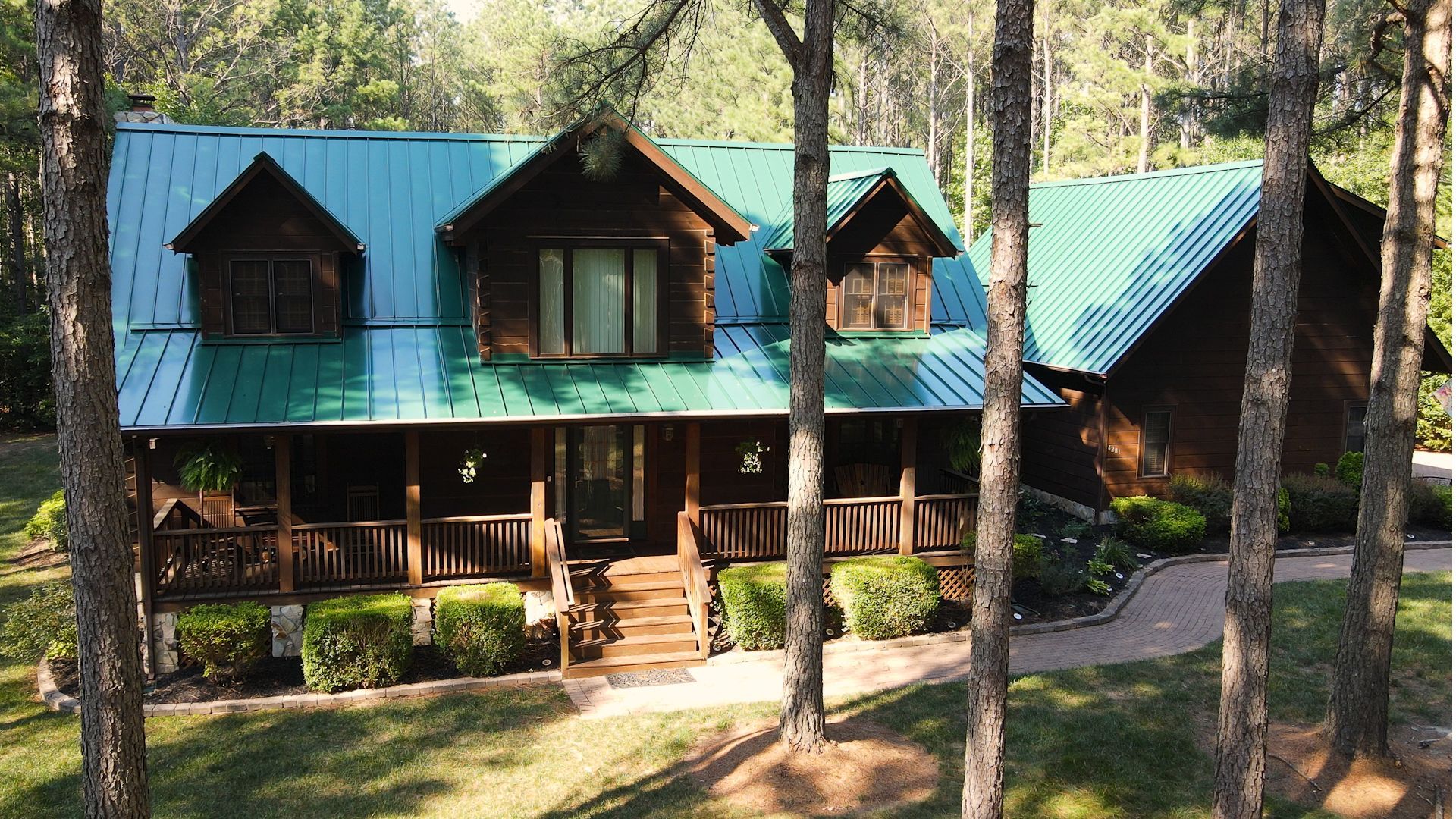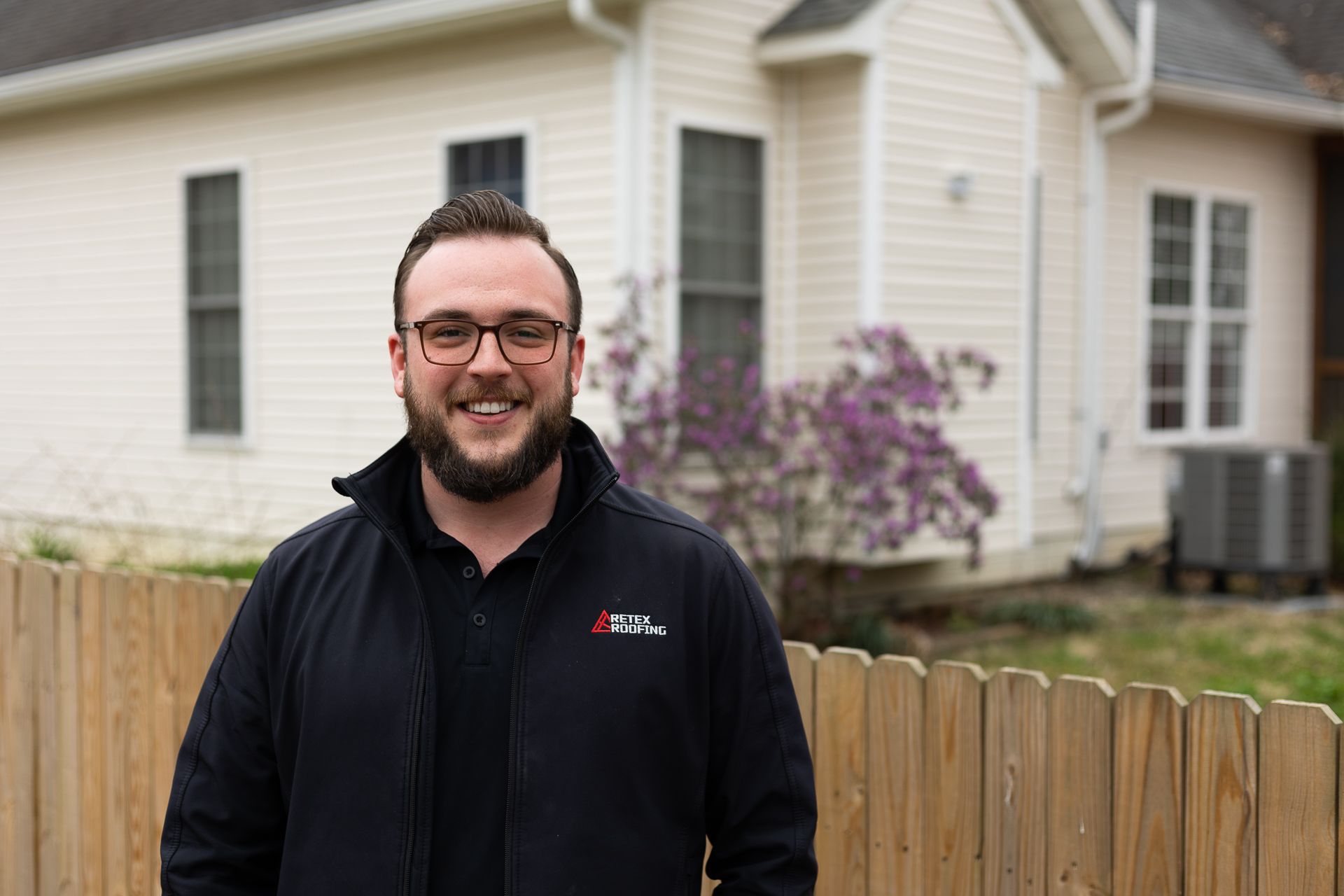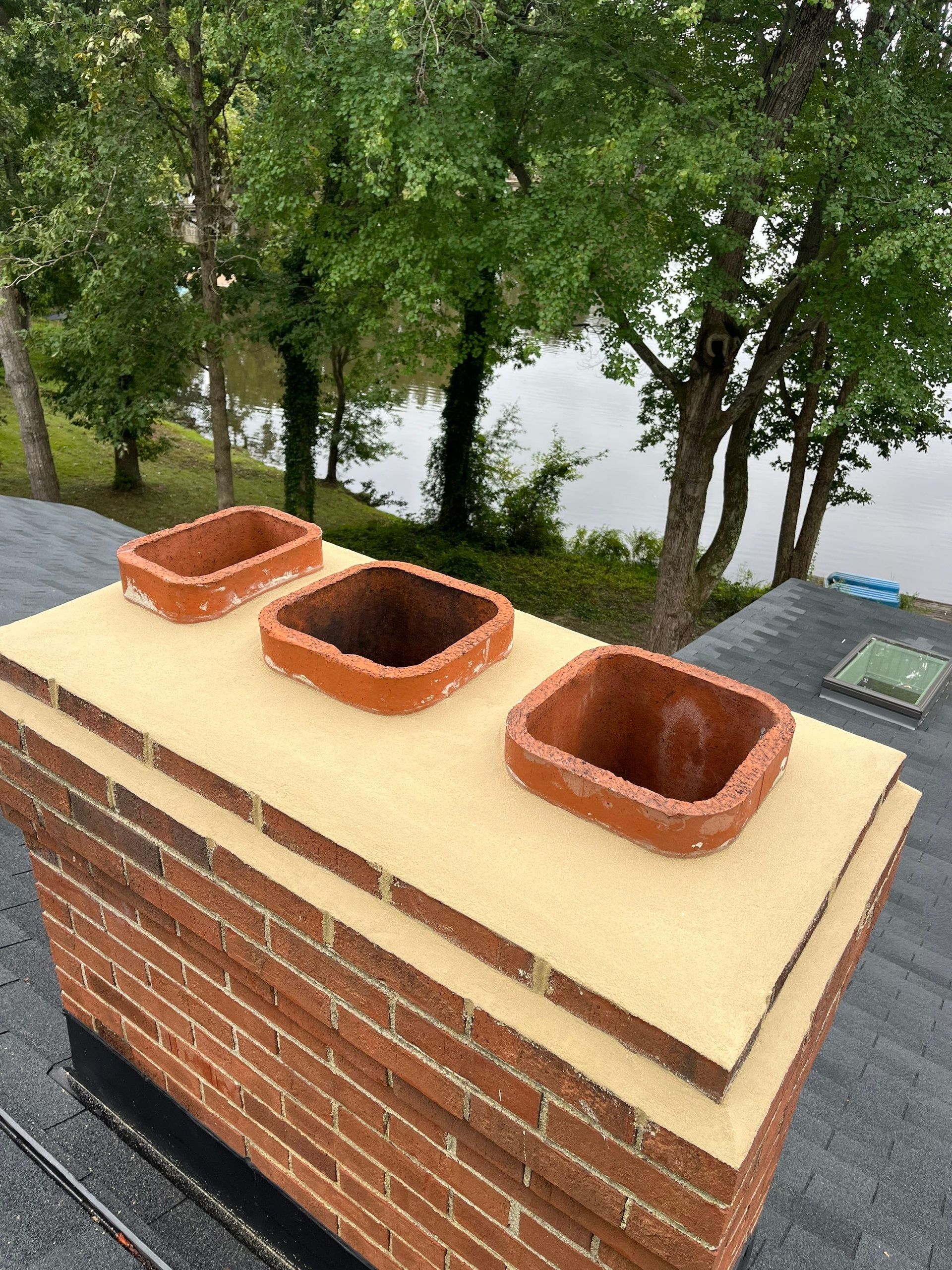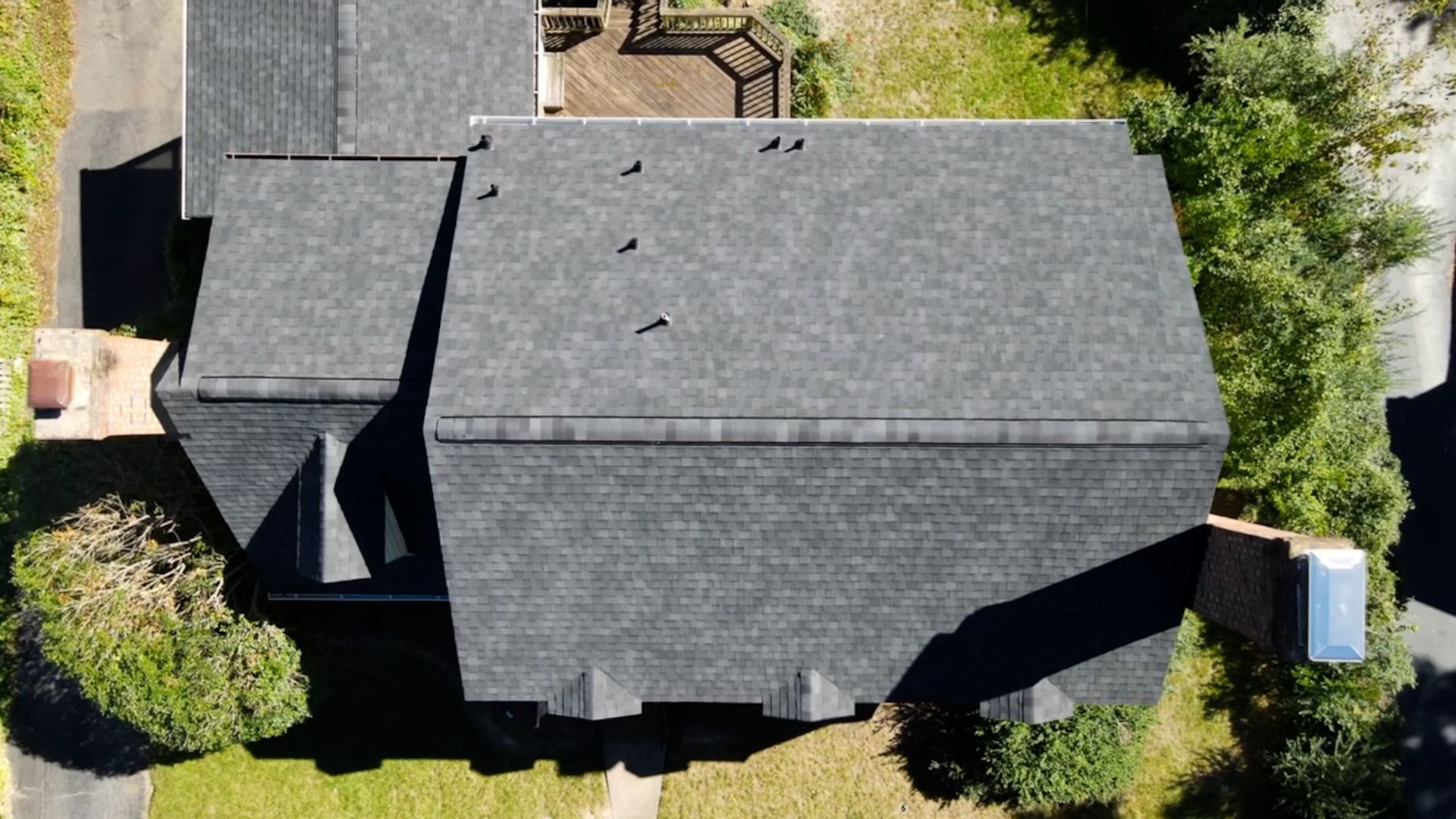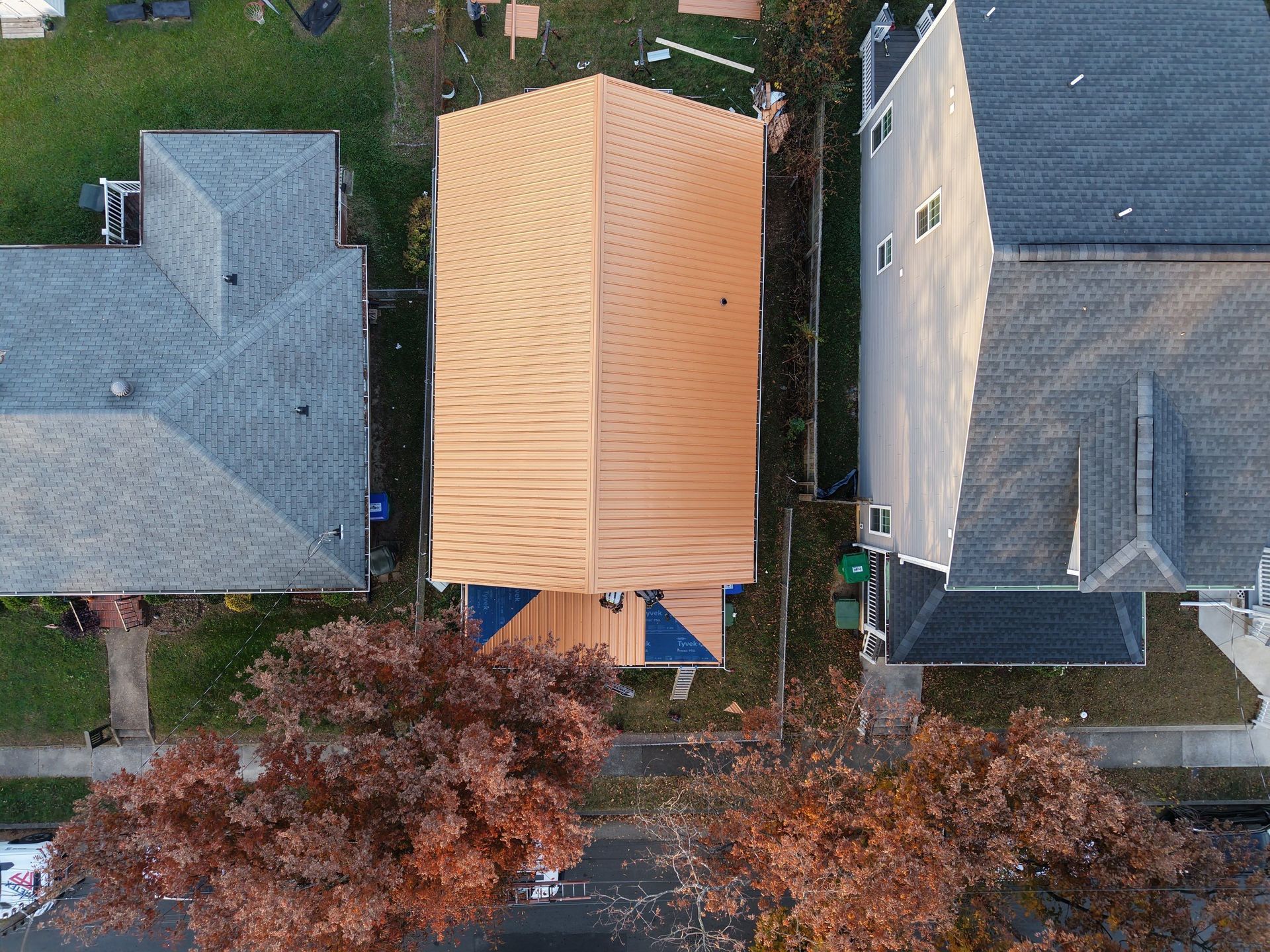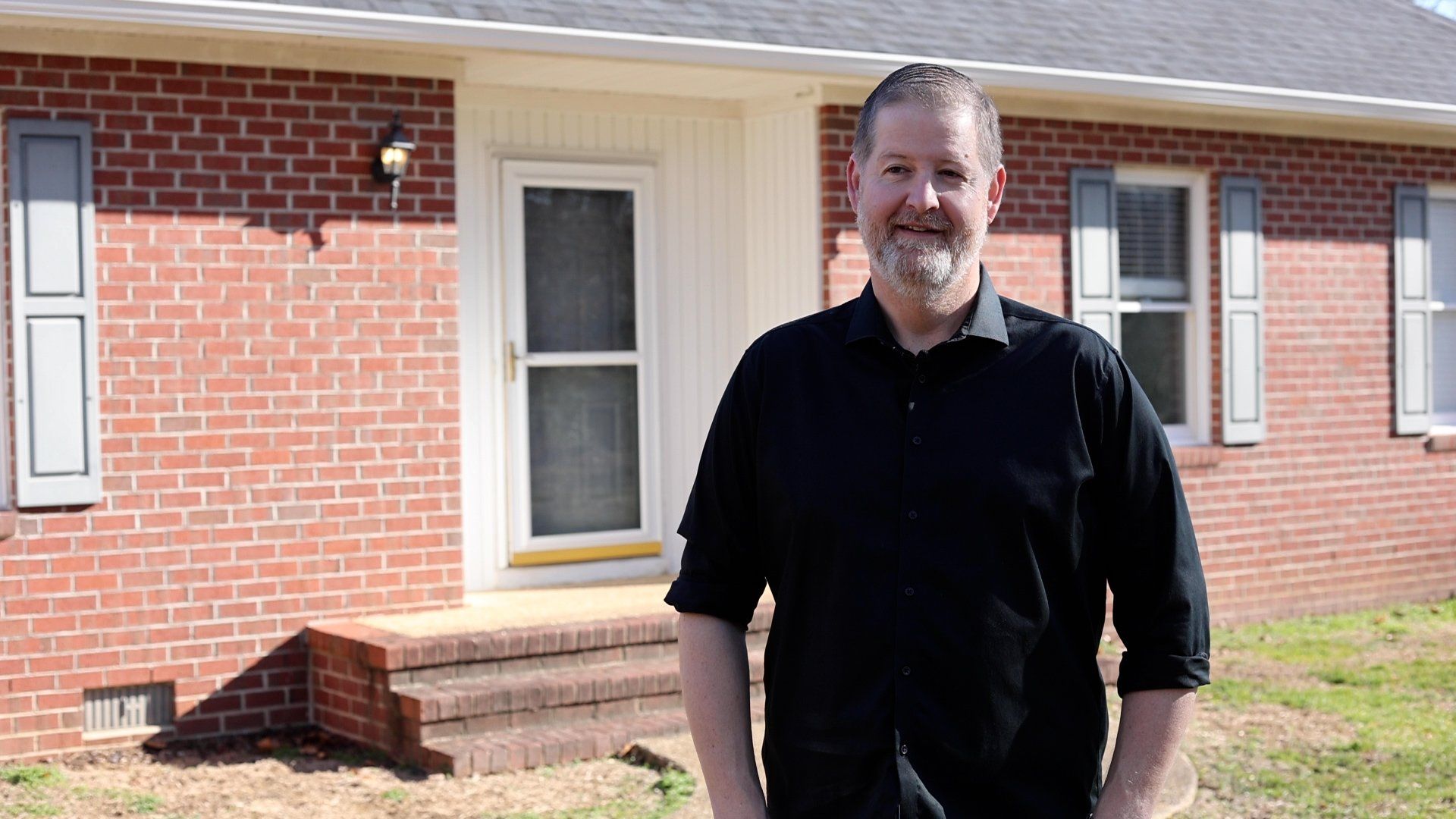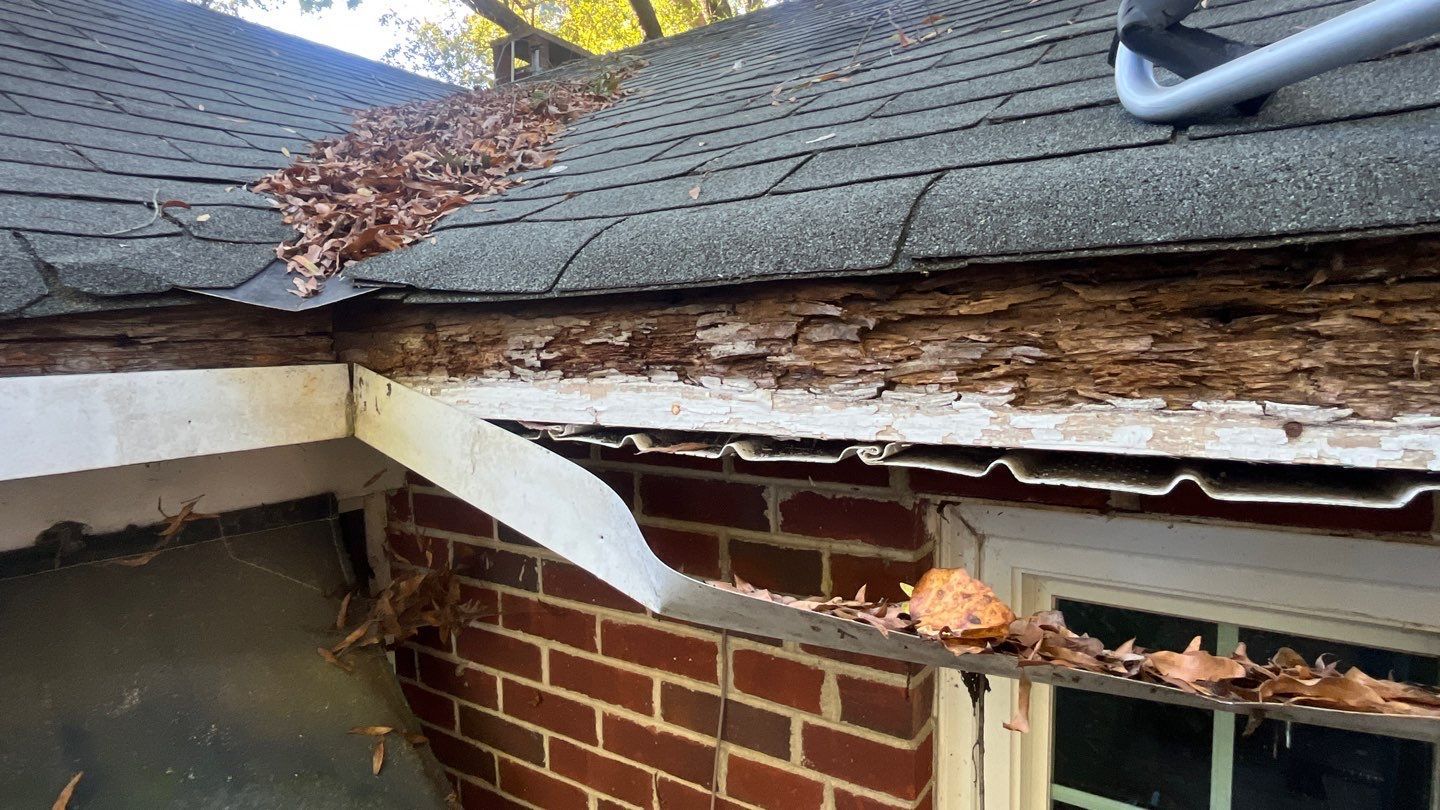Types of Attic Insulation: Which Is the Best Option for Your Home?
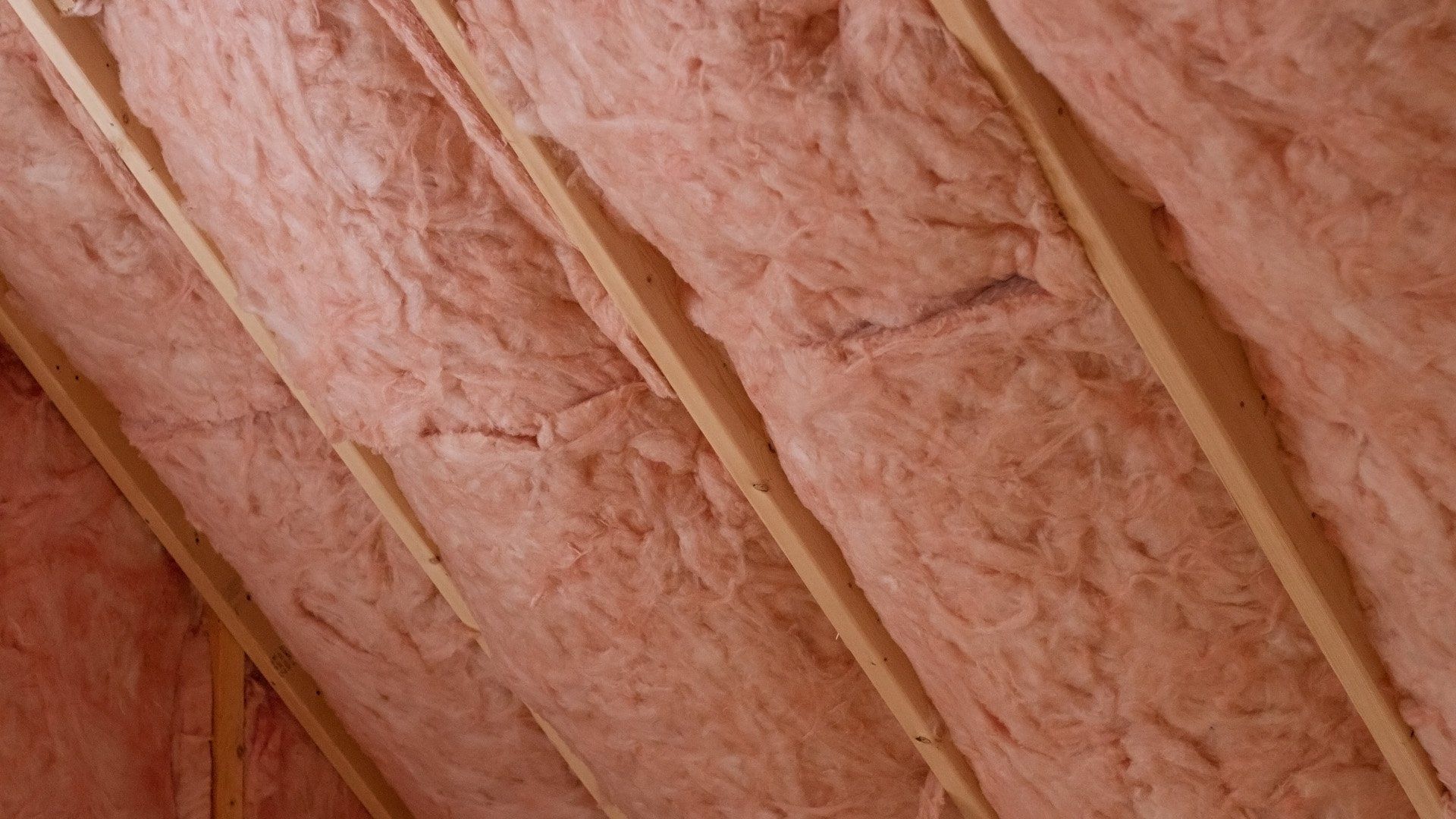
You’ve recently ventured into your attic and noticed your floor joists are visible. Downstairs, you’ve noticed your home’s temperatures have been fluctuating, with some rooms feeling drafty. Or maybe you’ve seen a spike in your energy costs as your home tries to cool down or warm up throughout the year. If any of these sound familiar, you may be in need of new attic insulation.
How much attic insulation you need varies by where you live, with current code for new construction homes in Virginia at about 13.5 inches of blown-in style insulation. But which insulation is right for your home, and what are the differences between them?
Let’s review the three main types of attic insulation:
1. Blown-In Insulation. Loose-fill insulation is made up of small particles of fiber, foam, or other materials that can fit into any space without muddling any structures or finishes. It can also fill any small spots where cold air may otherwise enter your home. It’s quick to install and helps reduce sound transfer between the outdoors and indoors.
Its loose material enables blown-in insulation to fill gaps and joints well. It works best for attics with irregular joist spacing; those with a lot of obstructions and penetrations; spaces where homeowners are looking to add to existing insulation; and low-clearance attics with limited headroom for maneuvering during installation.
2. Blanket Insulation: Batts & Roll. Blanket insulation is the most common, cheapest, and most widely available type of insulation. It comes in two forms: Batts insulation is installed in pieces, while roll insulation is strips of insulation that can be rolled out between ceiling joists. It’s easy to install and is known to be very energy-efficient.
Contrary to blown-in insulation, blanket insulation works best in attics with standard joist spacing, especially those with no insulation; those with few obstructions or penetrations to work around; and attics with sufficient headroom for maneuvering during installation. The two types of insulation are sometimes used in tandem to better insulate your attic.
3. Spray Foam Insulation. This type of insulation can be sprayed, foamed-in-place, injected, or poured. Spray foam is known for its difficult-to-break airtight seal in the attic, preventing airflow, condensation, and moisture absorption. It creates a barrier known to be at least 30% more energy efficient than other types of insulation, and it does not lose its R-value – the measurement of how well insulation resists heat transfer – while lasting for decades.
Its flexibility enables foam insulation to fill even the smallest cavities while providing a higher R-value yield than traditional batt insulation. Foam insulation tends to cost more than the other two insulation materials on this list, though, as it requires special equipment and certification to be properly installed.
Reinforcing your attic insulation will keep your HVAC system from overrunning as it cools your home in the summer and warms it in the winter. Proper insulation will also reduce outside noise as well as keep pollen, dust, dirt, mold, mildew, small animals, and insects from entering your home. In addition, it will protect your home’s structure and prevent damaging ice dams from forming on your roof line.
During your free insulation estimate with Retex Roofing, our expert consultant examines your attic space and provides you with a free estimate for the type of insulation to best fit your needs and budget. Adding attic insulation will save you money on your utility costs, increase your home’s energy efficiency, and keep you comfortable in your house throughout the year.
If you’re a homeowner in Richmond, Virginia, looking to increase your attic insulation, give our team a call at (804)-442-3314 to tell us more about your insulation needs.
